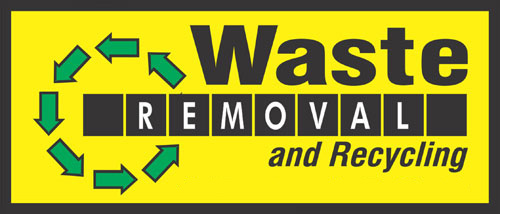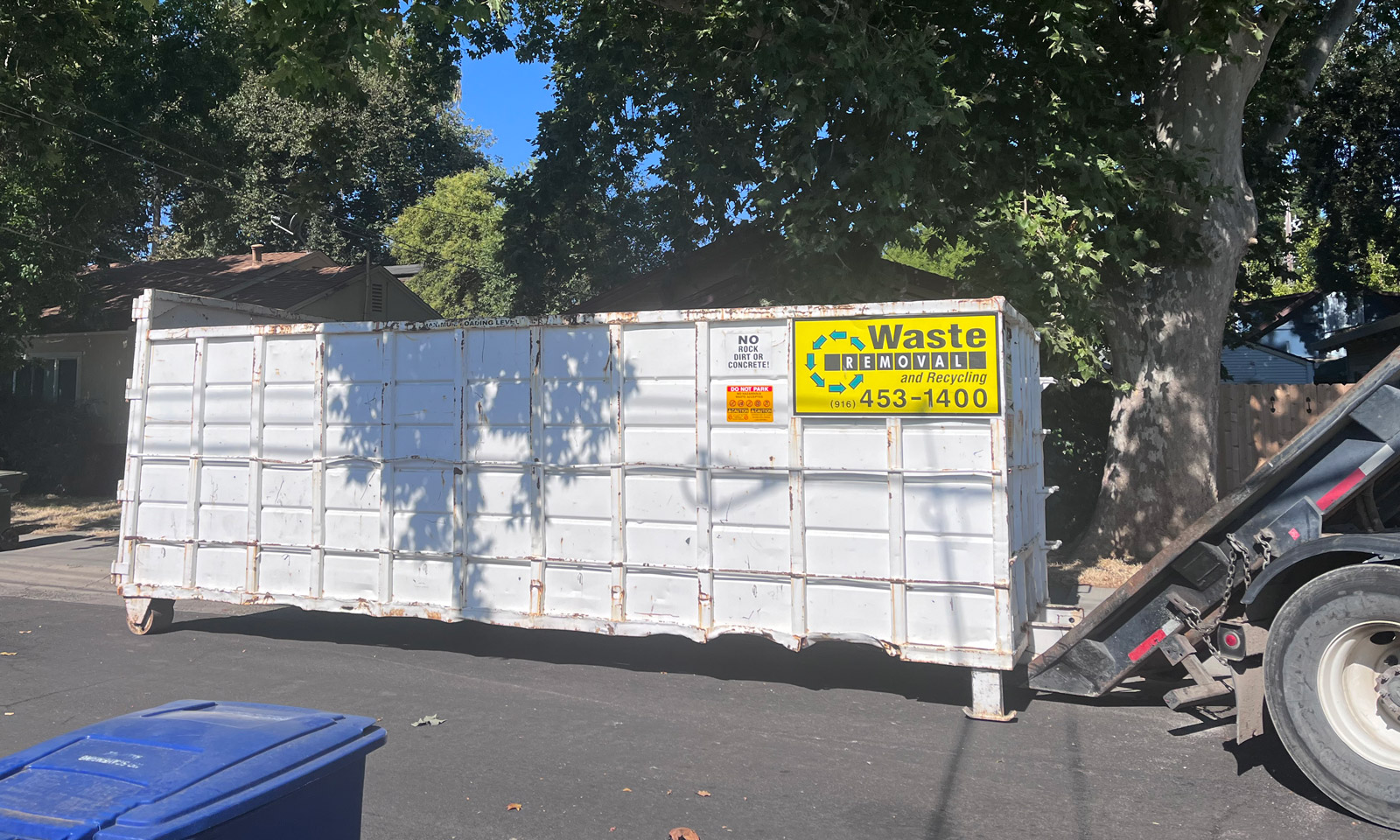Introduction – What is Concrete Recycling?
What is Concrete Recycling?
Concrete recycling isn’t rocket science but an effective and sustainable process that involves repurposing leftover concrete material, often from construction sites. Instead of ending up in landfills, this material is processed and utilized in various construction projects. This might leave you wondering, “But why should we consider concrete recycling?”
Benefits of Concrete Recycling
You see, concrete recycling does more than just clear the clutter from your construction site.
First, it significantly reduces landfill waste, thus contributing to a cleaner and greener environment. Moreover, the process gives birth to usable aggregate material for future construction projects. Finally, concrete recycling is economical, saving construction companies a considerable amount of money on raw material expenses. Let’s dive deeper to understand its significance.
Why is Concrete Recycling Important?
Reducing Landfill Waste
Imagine if everyone threw their leftover food in the streets instead of composting it or using a waste disposal system. The situation would become messy pretty quickly, right? Similarly, concrete recycling helps prevent the unnecessary piling up of construction waste in landfills. It reduces the pressure on landfills, creating room for waste that cannot be recycled or repurposed.
Minimizing Environmental Impact
In addition to reducing landfill waste, concrete recycling also minimizes the environmental impact. The process reduces the need for new materials, thus limiting the extraction of natural resources, which can often disrupt ecosystems. The fewer raw materials we need, the fewer natural habitats we disturb.
Methods of Concrete Recycling
Crushing and Reusing
One of the primary methods of concrete recycling involves crushing the excess concrete into smaller pieces. These crushed materials can be used as gravel or as a base for roads and driveways.
Concrete as an Aggregate
After the crushing process, the crushed concrete can serve as an aggregate. The aggregate can then be used for new construction projects, contributing to more sustainable development practices.
Repurposed Concrete
Large concrete pieces can be repurposed for various applications like retaining walls, barriers, or landscaping features, adding aesthetic value while reducing waste.
The Process of Recycling Concrete
Sorting and Cleaning
The recycling process begins with sorting and cleaning. The concrete waste is sorted based on size and type, and any contaminants are removed.
Crushing and Grinding
After sorting, the concrete is then crushed and ground resulting in different-sized aggregates.
Screening and Separation
The crushed concrete then undergoes screening and separation. During this stage, concrete pieces are separated based on their sizes, making it easier for them to be repurposed effectively.
Best Practices for Concrete Recycling
Safety Measures
Just like any other construction process, safety measures should be at the forefront of concrete recycling practices. Ensuring the use of proper safety equipment, maintaining machines regularly, and promoting safety training among employees are some of the best practices in this area.
Effective Logistics
Concrete recycling is a continuous process that requires effective logistics. Optimized roll-off dumpster sizes, efficient transport systems, and proper scheduling can help ensure a smooth concrete recycling process.
Meeting Quality Standards
The quality of recycled concrete should not be compromised. It’s important to follow industry standards and conduct regular quality checks to ensure the recycled concrete is suitable for its intended use.
Industry Trends in Concrete Recycling
Emerging Technologies
With the rise of advanced technologies, concrete recycling is becoming more efficient and eco-friendly. For example, some new equipment can separate and clean concrete debris better than older technology, allowing for a higher quality end product.
Innovative Applications
As the industry evolves, so do the applications of recycled concrete. From building new homes to creating art installations, the uses for recycled concrete are expanding, thanks to innovative thinking.
Future Market Projections
With growing awareness about environmental sustainability and cost efficiency, the future market projections for concrete recycling look promising. As more industries recognize the potential benefits, we can expect to see a significant increase in concrete recycling activities worldwide.
Conclusion – The Importance of Concrete Recycling
An Environmentally Responsible Choice
Concrete recycling is not only an economically sound decision but also an environmentally responsible choice. It helps to conserve our natural resources, reduce waste, and promote sustainable construction practices.
Sustainable Benefits
The benefits of concrete recycling go beyond immediate cost savings. By opting for recycled concrete, we contribute to a sustainable construction ecosystem that values waste reduction and efficient resource use.
FAQs:
What are the different types of concrete recycling methods?
There are primarily three methods of concrete recycling: crushing and reusing, using concrete as an aggregate, and repurposing concrete for different applications. Each method depends on the type and amount of waste concrete, and the intended end use.
Are there any limitations to concrete recycling?
While concrete recycling has numerous benefits, there can be challenges like ensuring the quality of recycled concrete, managing logistics, and adhering to safety measures. However, these challenges can be effectively managed with proper planning and process control.
What is the process involved in recycling concrete?
The process involves three key stages: sorting and cleaning of concrete debris, crushing and grinding, and finally, screening and separation. The roll-off dumpster sizes significantly influence the process, especially during the crushing and grinding phase.
Is concrete recycling cost-effective?
Yes, concrete recycling is cost-effective. It reduces the need for new materials, and the costs associated with disposing of concrete in landfills. Furthermore, it provides an economical source of aggregate for new construction projects.
What are the industries that can benefit from concrete recycling?
Various industries can benefit from concrete recycling, including construction, landscaping, urban development, and more. Additionally, companies involved in waste management and environmental services can greatly benefit from this process.

